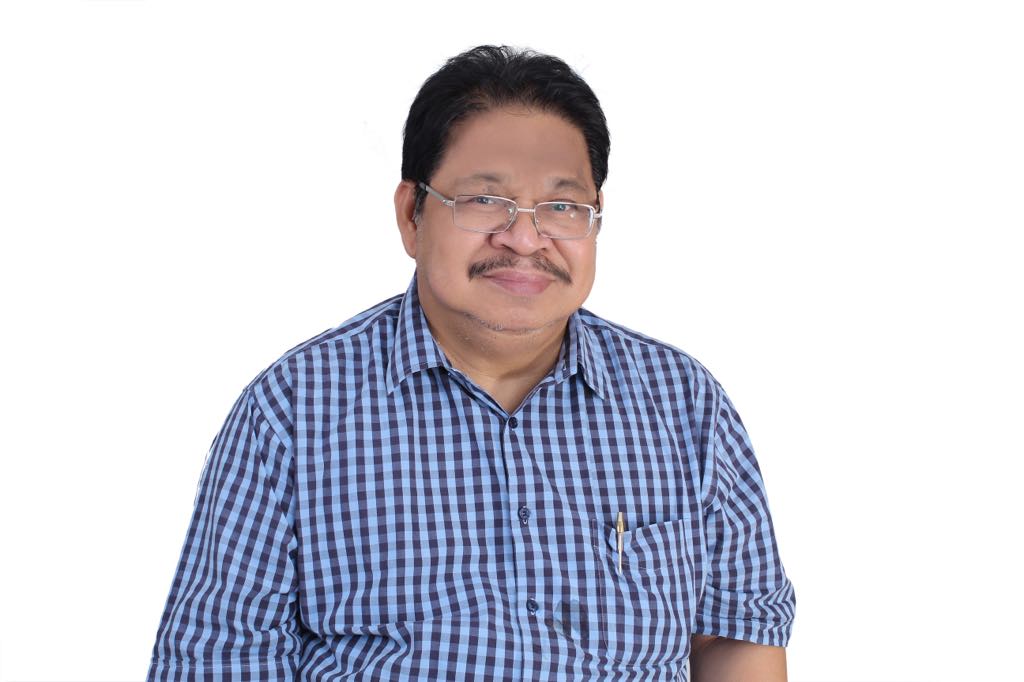
The actual number of COVID-19 cases today remains unclear. With our country’s COVID-19 reproductive rate score of four, every positive patient infects four other people, who will in turn infect another four people each and so on and so forth. Health Secretary Francisco Duque III admits there are more COVID-19 positives out there but declines to give an estimate.
The World Health Organization Philippines presentation to the interagency task force and President Duterte laid out the worst-case scenario of 70,000 to 75,000 cases nationwide if extreme measures are not implemented. Consequently, Luzon was placed under enhanced community quarantine.
* * *
Former Health Secretary Manuel Dayrit, who handled the severe acute respiratory syndrome epidemic during President Gloria Macapagal-Arroyo’s time, believes there are 16,000 to 20,000 COVID-19 infections today. If these numbers double every five days, we may reach 75,000 in 15 days, just days away from April 12, the end of the Luzon-wide lockdown.
Both are worst-case scenarios that may or may not happen. But the exponential rates are staggering. No wonder the DOH is asking for more volunteers just to track persons under monitoring and persons under investigation (PUIs). How can they track and trace thousands of suspected carriers?
First, government should fast-track putting up credible test centers nationwide for an accurate picture of COVID-19’s prevalence. As high as 10,000 people a day would be ideal. But new test centers, which can use either laboratory or rapid antibody kits, should come up with very accurate results — with “zero false negative results.”
Second, the DOH should identify super spreaders and outbreak areas, followed by placing these people under strict isolation. South Korea and Singapore succeeded by doing this, flattening their COVID-19 curve without resorting to a nationwide lockdown.
For example, the DOH tracker today lists Quezon City with 8.7 percent of confirmed cases; San Juan, 4.3 percent; Manila, 3.6 percent; Makati and Pasig both with 3.2 percent; and Mandaluyong and Taguig at 2 percent each. The next step is identifying “specific outbreak areas” within these cities. For patients with mild symptoms, mayors can remove them from lockdown areas and house them in isolation buildings where they can be monitored. Their respective PUIs will be moved to other isolation areas. This way, disinfection of the outbreak area or entire barangays can proceed. QR health cards will be issued to locked-down residents.
Third, government and private sector should build more COVID-19-only hospitals for critical cases, with enough ventilators and well-paid health workers. If these three things are in place, we have a better chance of defeating this virus.
And for us, increased wearing of face masks, the use of hand sanitizers, frequent washing of hands and physical distancing should be the new normal. These are proving effective in South Korea and Singapore in slowing down the spread of COVID-19.
The Luzon-wide lockdown was a very strong mitigation effort that slowed down Covid-19, but it is both intrusive and disruptive of our people’s behavior, aside from devastating our economy. The remaining lockdown days will be painful and another extension may put us dangerously close to social unrest. Government should allow our people to return to their normal lives while remaining highly aware and cautious of this killer virus.